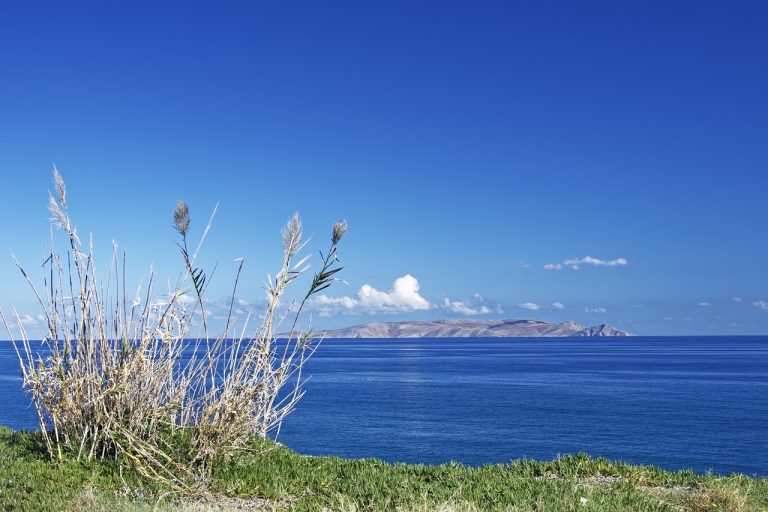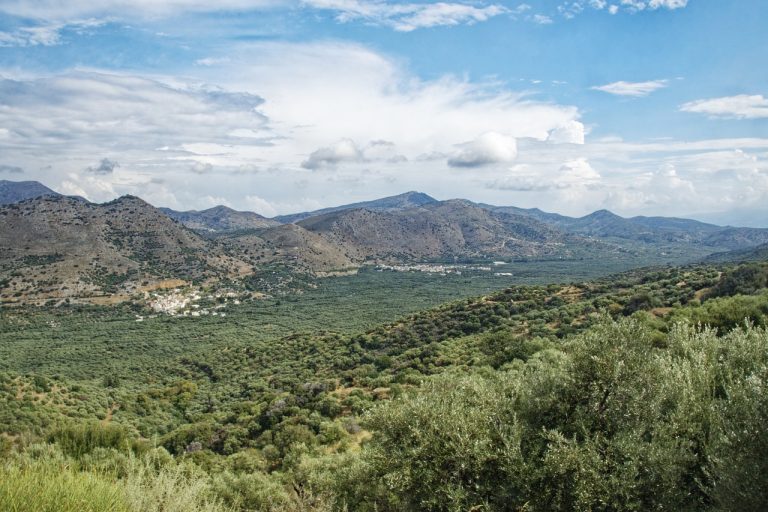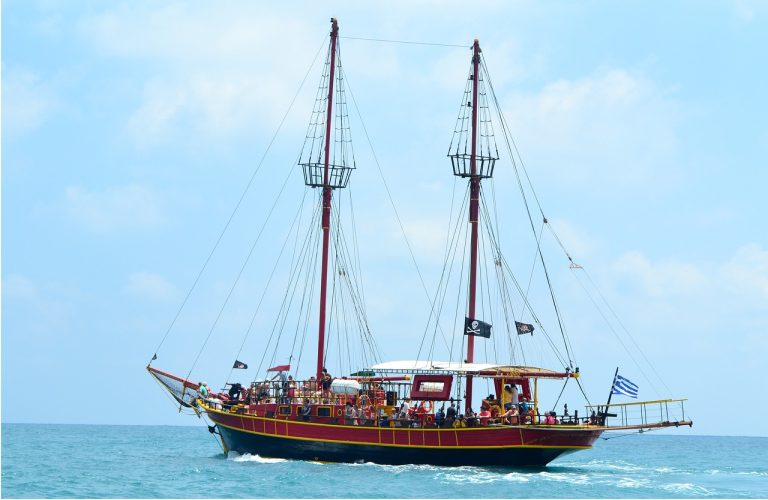Heraklion Greece Video
Architectural Wonders: Iconic Buildings in Heraklion Greece
Heraklion, the capital city of the Greek island of Crete, is known for its rich history and stunning architecture. From ancient ruins to modern structures, Heraklion is home to several iconic buildings that showcase the city’s beauty and cultural heritage. In this article, we will explore ten of these architectural wonders, each with its unique charm and significance.
1. Heraklion Archaeological Museum
The Heraklion Archaeological Museum is a must-visit for history enthusiasts. It houses an extensive collection of artifacts from various archaeological sites across Crete. Some highlights include Minoan pottery, sculptures, and frescoes. The museum provides a fascinating insight into the island’s ancient civilization and is a testament to the rich cultural heritage of Heraklion.
- Minoan pottery: The museum displays a wide variety of intricately decorated Minoan pottery, showcasing the artistic skills of the era.
- Sculptures: Visitors can admire the collection of Minoan, Archaic, and Classical period sculptures, including the famous Snake Goddess.
- Frescoes: The museum houses well-preserved frescoes from various Minoan palaces, offering a glimpse into the vibrant artistry of the time.
2. Koules Fortress
Standing proudly at the entrance of the old harbor, the Koules Fortress is a symbol of Heraklion’s maritime history. Built by the Venetians in the early 16th century, the fortress served as a defensive structure and later as a prison. Today, it offers panoramic views of the city and the sea, making it a popular spot for tourists and locals alike.
- Defensive structure: The fortress was strategically designed to protect the harbor and the city from potential invasions.
- Prison: During the Ottoman period, the Koules Fortress was used as a prison, adding to its historical significance.
- Panoramic views: Visitors can climb to the top of the fortress and enjoy breathtaking views of the surrounding area, including the Venetian harbor.
Heraklion Greece Image 1:
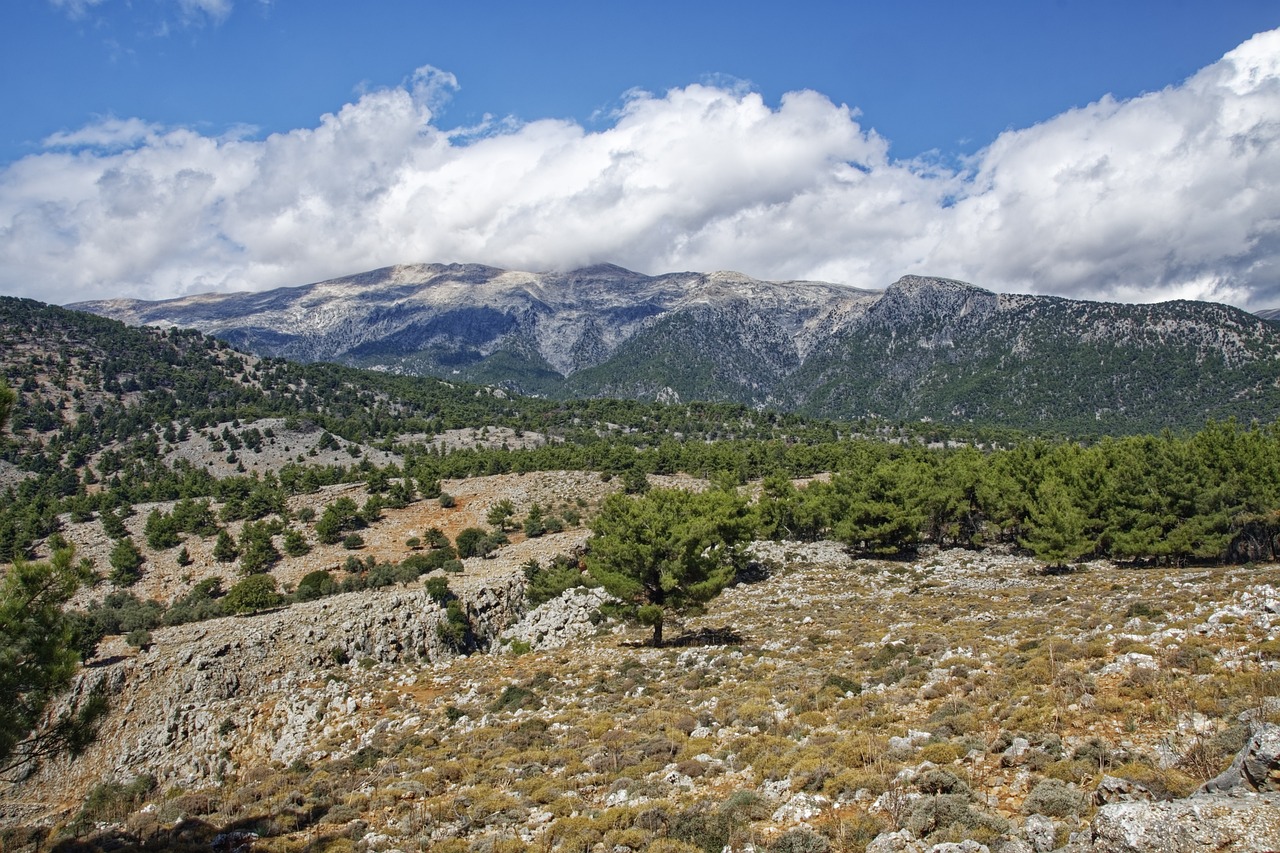
3. Saint Minas Cathedral
Dedicated to Saint Minas, the patron saint of Heraklion, this grand cathedral is a prominent religious landmark in the city. With its impressive architecture and ornate interior, the cathedral is a place of worship and a testament to the strong religious traditions of the region.
- Impressive architecture: The cathedral showcases stunning Byzantine-inspired architecture, with intricate details and beautiful domes.
- Religious significance: Saint Minas Cathedral holds great religious importance for the locals, who gather here to pay their respects.
- Ornate interior: The interior of the cathedral is adorned with exquisite religious icons, frescoes, and chandeliers.
4. Morosini Fountain
Also known as the Lions Square Fountain, the Morosini Fountain is a beloved landmark in the heart of Heraklion. Built during the Venetian era, the fountain features four lion statues, which have become an iconic symbol of the city.
- Venetian architecture: The Morosini Fountain reflects the architectural style of the Venetian period, adding to the city’s charm.
- Lion statues: The four lion statues are a popular spot for tourists to take photos and a meeting point for locals.
- Historical significance: The fountain has witnessed centuries of history and stands as a reminder of Heraklion’s past.
Heraklion Greece Image 2:
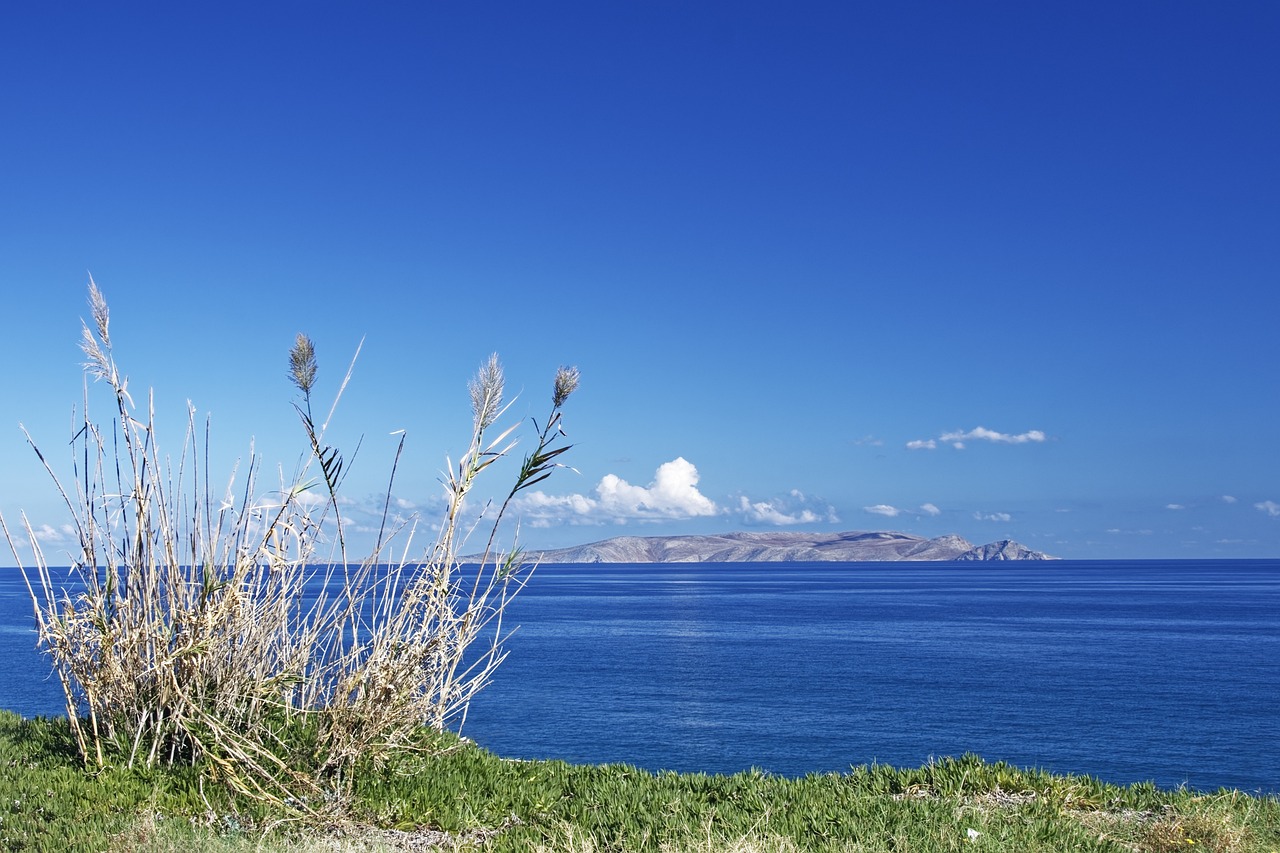
5. Loggia
The Loggia is an elegant Venetian building located in the city center. Originally serving as a meeting place for the Venetian nobility, it now houses the Town Hall of Heraklion. The building’s beautiful architecture and intricate details make it a popular attraction for visitors.
- Venetian nobility: The Loggia was once a gathering place for Venetian aristocrats, reflecting the city’s rich history.
- Architectural beauty: The building’s facade features elegant arches, columns, and ornate decorations, showcasing the Venetian architectural style.
- Town Hall: Today, the Loggia serves as the Town Hall of Heraklion, adding administrative significance to its historical value.
6. Venetian Walls
The Venetian Walls surround the old town of Heraklion, protecting it from past invasions. Built in the 16th century, these fortifications are a testament to the city’s strategic importance during the Venetian rule.
- Fortifications: The Venetian Walls comprise massive defensive structures, including bastions and gates, showcasing the military prowess of the time.
- Historical significance: The walls have witnessed various historical events and played a crucial role in safeguarding the city.
- Promenade: Today, visitors can walk along the walls and enjoy panoramic views of the city and the sea.
Heraklion Greece Image 3:
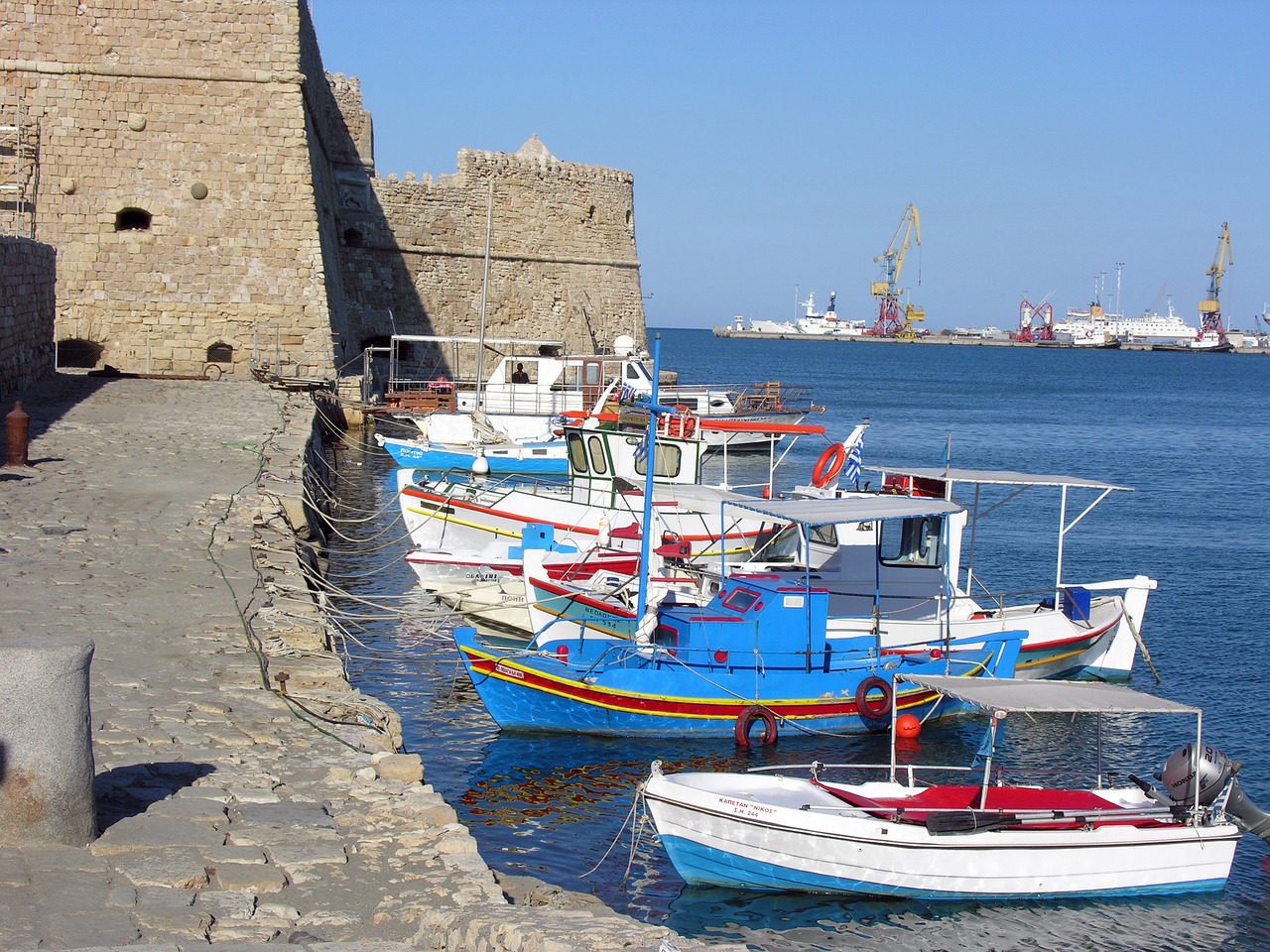
7. Church of Agios Titos
The Church of Agios Titos is a striking Byzantine church located in the heart of Heraklion. It is dedicated to Saint Titus, the first bishop of Crete. With its beautiful frescoes and religious significance, the church is a significant spiritual and cultural landmark.
- Byzantine architecture: The church features traditional Byzantine architectural elements, including domes, arches, and intricate mosaics.
- Religious importance: The Church of Agios Titos holds great significance for the Orthodox Christian community in Heraklion.
- Frescoes: The interior walls of the church are adorned with stunning frescoes depicting religious scenes and saints.
8. Basilica of Saint Mark
The Basilica of Saint Mark is a beautiful Venetian church located near the center of Heraklion. Built in the 13th century, the church features a mix of Gothic and Byzantine architectural styles, making it a unique and captivating sight.
- Venetian-Gothic architecture: The Basilica of Saint Mark combines elements of Venetian and Gothic architecture, creating a distinctive appearance.
- Historical significance: The church has witnessed significant events throughout history and stands as a testament to the city’s multicultural past.
- Artistic details: Visitors can admire the intricate carvings, stained glass windows, and religious icons within the church.
9. Kazantzakis Museum
Dedicated to the renowned Greek writer Nikos Kazantzakis, the Kazantzakis Museum is located in the village of Myrtia, near Heraklion. The museum offers a unique insight into the life and work of Kazantzakis, showcasing his manuscripts, personal belongings, and a replica of his study.
- Nikos Kazantzakis: The museum celebrates the life and literary contributions of Nikos Kazantzakis, one of Greece’s most prominent writers.
- Personal belongings: Visitors can see personal items, including the writer’s desk, typewriter, and various possessions that offer a glimpse into his life.
- Interactive exhibits: The museum features interactive exhibits, audiovisual presentations, and multimedia installations, enhancing the visitor’s experience.
10. Palace of Knossos
Located just outside Heraklion, the Palace of Knossos is an ancient archaeological site that dates back to the Minoan civilization. It is believed to be the mythical Labyrinth and was once the center of Minoan culture and governance.
- Minoan civilization: The Palace of Knossos provides valuable insights into the advanced Minoan civilization, which thrived thousands of years ago.
- Archaeological site: Visitors can explore the ruins of the palace, including the throne room, royal quarters, and intricate labyrinthine corridors.
- Mythological significance: The palace is associated with the myth of the Minotaur, adding to its allure and captivating visitors.
Conclusion
Heraklion, Greece, is a city that truly celebrates its architectural wonders. From ancient ruins to Venetian and Byzantine structures, each building tells a story of the city’s rich history and cultural heritage. Exploring these iconic landmarks allows visitors to immerse themselves in the past while appreciating the beauty of the present.
References:
– heraklion.gr
– visitgreece.gr
– greektravel.com
– cretanbeaches.com
– kazantzaki museum.gr



